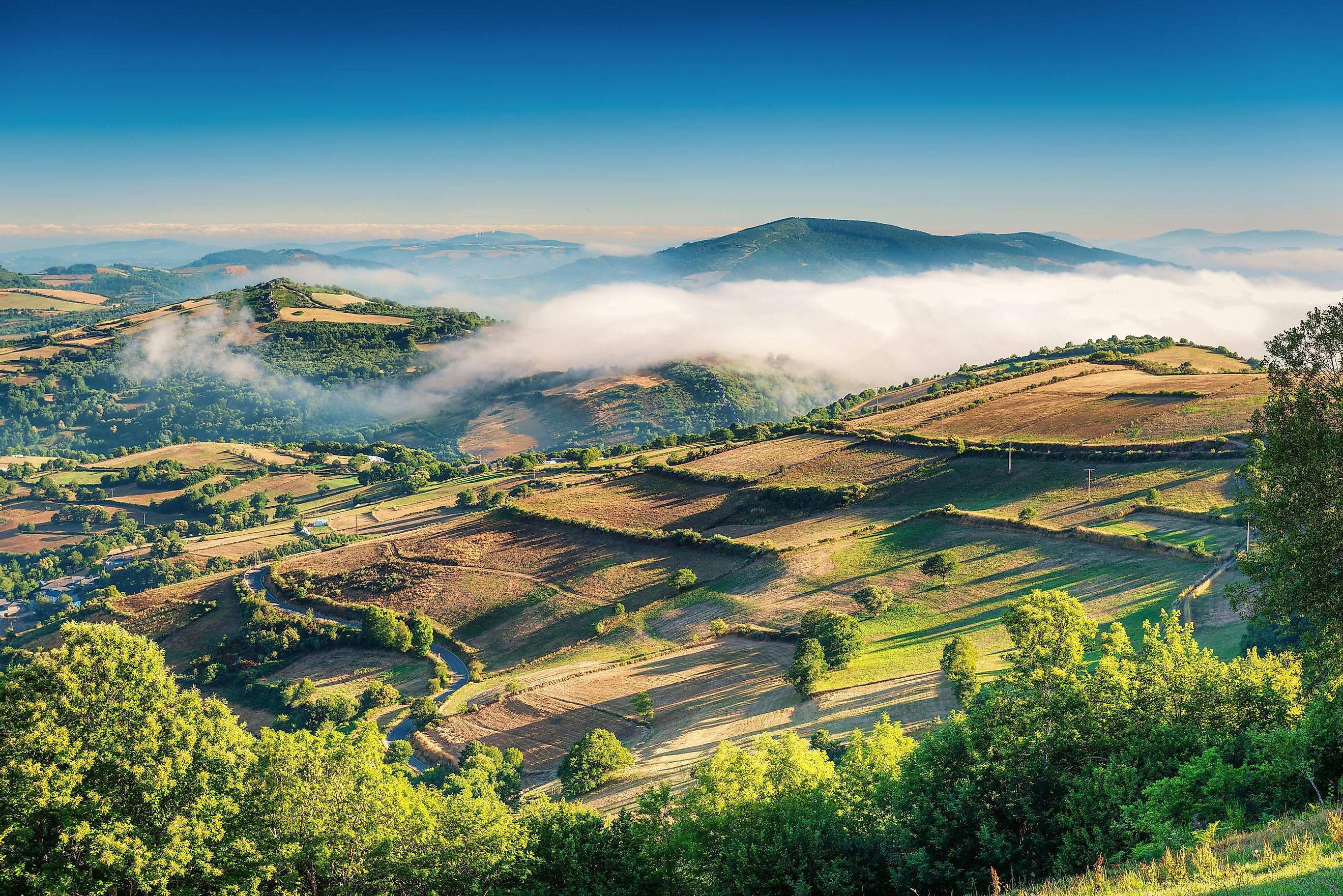
The Camino Francés: Castles, Mountains, and Green Galicia
My trusty app said this part of the Camino Francés is "commercialized," but all I saw were rolling green hills and the occasional farming town with shuttered houses made of stone. One thing was for sure: since Sarria, there were a lot of fresh faces (and clean clothes/backpacks) on the trail.
After embarking from St.-Jean-Pied-de-Port, France, cutting your teeth in the Pyrenees/Basque Country, and then getting to know yourself and fellow pilgrims across the extended middle portion of the Camino known as the Meseta, it is time to bring it all home – but not without a final tax of sweat and tears. Take a minute (or an extra rest day) to appreciate Astorga. Not only is it a magical town, complete with a fairytale palace designed by Antoni Gaudí, but the climbing begins upon leaving the charming central core. Granted, after the incorrigible flats of the previous 200+ kilometers, working new muscles and gaining a bird's-eye-view of the land is quite refreshing. But at some point, maybe upon reaching Cruz de Ferro (the Iron Cross), maybe after the knee-busting descent on washed-out mountain trails, perhaps after the process begins all over again in the form of the Serra dos Ancares mountains, the legs will yearn for Santiago.
Read More: The Camino Francés: Lessons from an Off-Season Pilgrimage
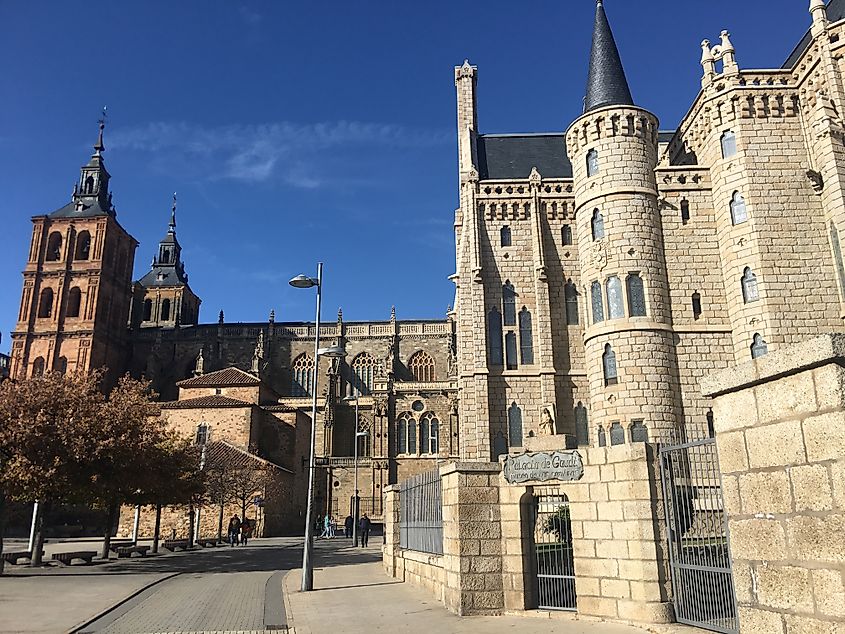
As it says goodbye to Castilla y León and transitions into the autonomous community of Galicia, the Camino Francés presents grand displays of antiquitous architecture that are dwarfed only in scale by the surrounding mountains and deceptively difficult countryside through the former stomping grounds of the Celtiberian tribes. The accents change (as well as outright dialects), the menus change, and after the monotonous (but still valuable) meseta, each day is a novel experience.
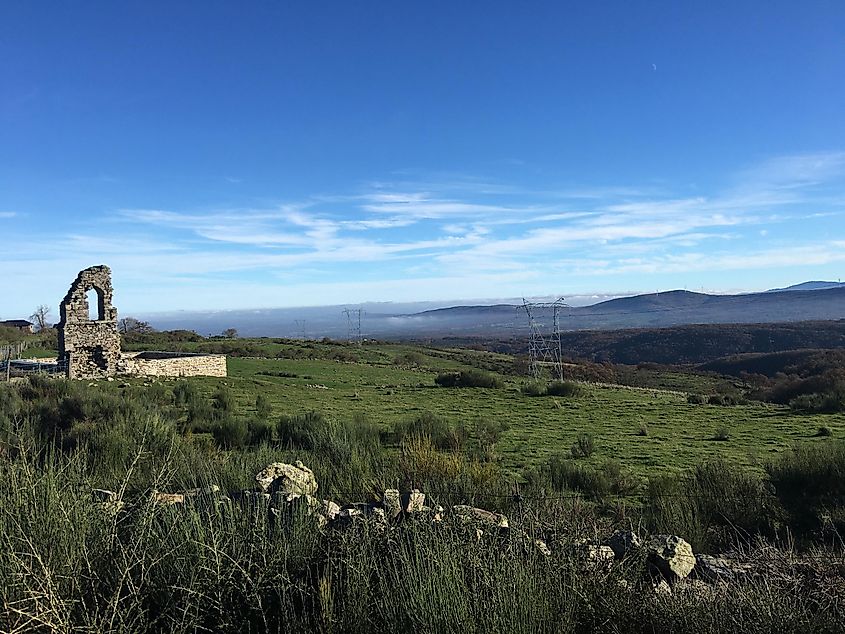
Roll Away Your Stone: Cruz de Ferro
While people embark on these strange pilgrimages across Western Europe for various reasons, the desire to release the past and embrace the present/future is a common thread. I maintain that this is much more of a gradual exercise rather than a single cinematic achievement. Still, there are several distinct opportunities to attempt the goal in a flash. One is, of course, arriving in Santiago de Compostela, gazing at the ostentatious cathedral, and sharing the accomplishment (even if it's done in silence) with the many other pilgrims who are sure to be there on any given day. But further back on the trail, the highest point of the entire Camino (even higher than that first day in the Pyrenees) offers pilgrims a chance to literally and figuratively shed a burden.
Read More: The Camino Francés: The Plateau and the People
The idea is to carry a stone in your pack to symbolize something in your life that you'd like to let go of. After weeks of walking and then one steady ascent to 1,520 meters above sea level, Cruz de Ferro (the Iron Cross) reveals itself. Here, thousands of stones from prior pilgrims have formed a small mountain of their own – one that awaits your contribution. Shed this minor weight from your pack, and shed the emotional weight that has surpassed its expiry date in your life. Childhood trauma? The one that got away? Guilt? Cast it into the pile, and look forward to Santiago. Always forward.
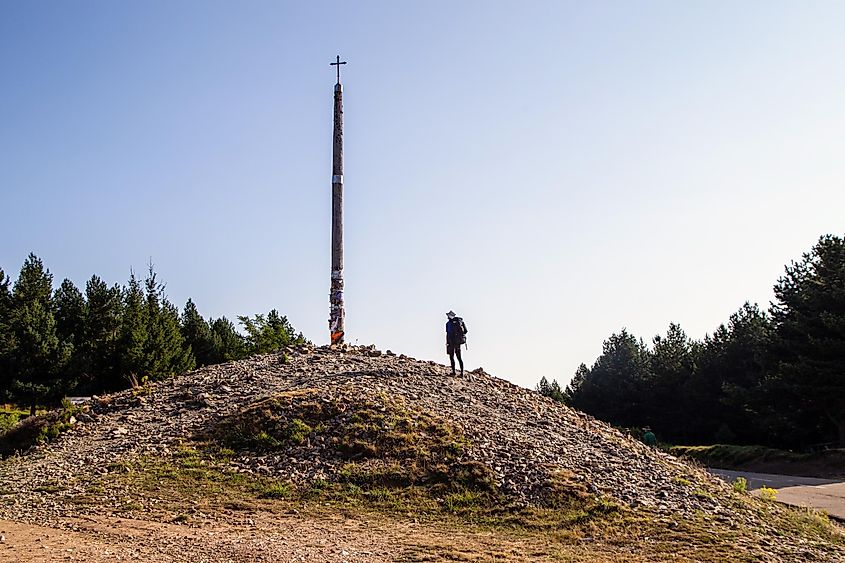
Pilgrims can either spend the preceding night on the mountain slopes, gearing up for their Iron Cross ritual, or enjoy their newfound levity in one of the villages that follow on the backside. I went with the latter approach, taking refuge in a cozy albergue/restaurant bar in the timeless town of El Acebo. The next morning, the creeping clouds below looked like a mysterious body of water. Though this part of the trail remains landlocked, I knew that there was something special waiting down there, namely, the 12th century Templar Castle of Ponferrada.
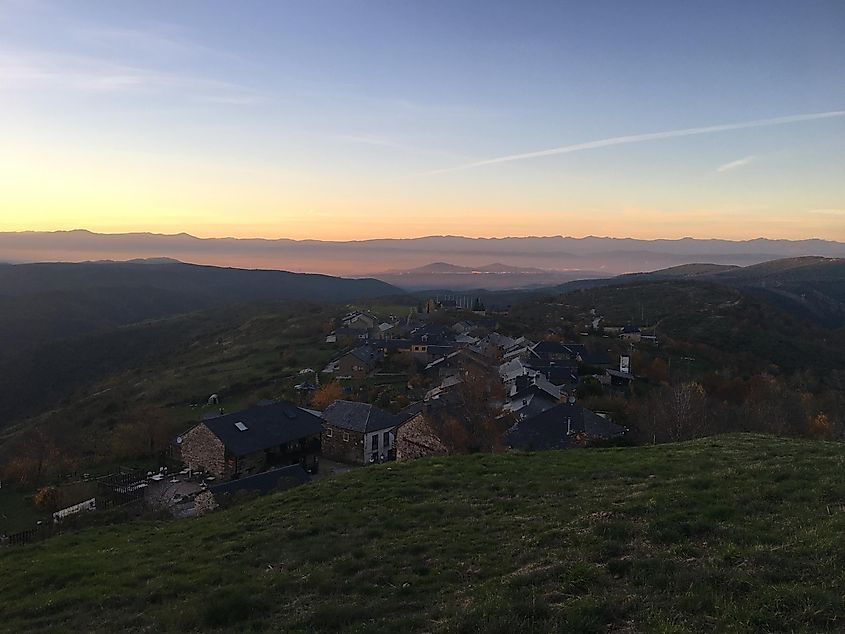
The Camino Francés does a great job of visiting substantial hubs every few days or so. This is no accident. Many of the major towns and cities owe their very existence, or at least their expansions, to the arrival of the Catholic pilgrimage in the 11th century. Given the ongoing warfare between the Moors and the Christian Kingdoms (a period referred to as the Reconquista), the Knights Templar were tasked with protecting pilgrims as they entered the last phase of their arduous quest. Today, the castle acts as a stalwart time capsule. There are cafes around the perimeter from which to admire the facade of the medieval structure, and daily tours are available for those who have some extra time to spend in the enriching city (alas, my ambitious daily mileage came with its share of drawbacks).
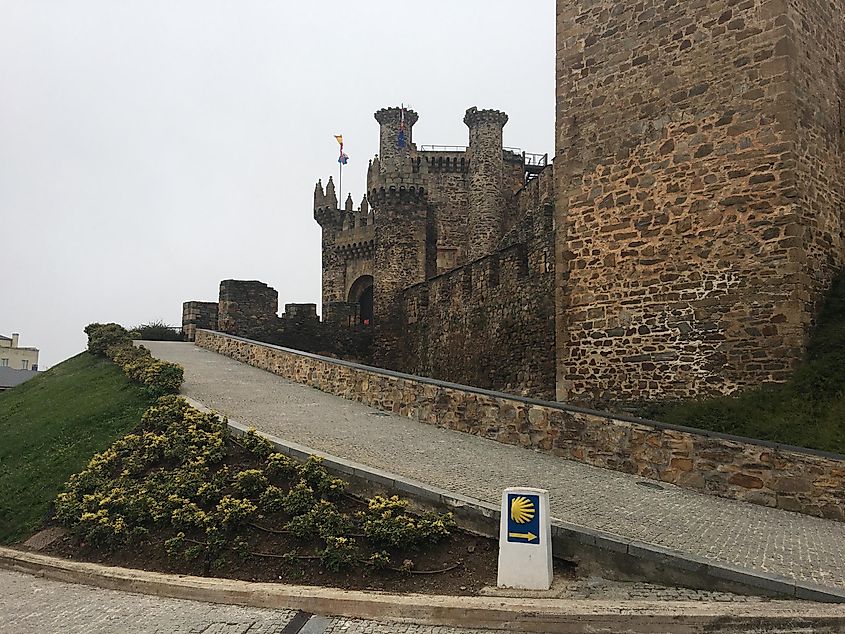
Read More: History of the Camino Francés
Green, Glorious, and Gloomy Galicia
The transition from Castilla y León to Galicia is a stubborn one. Though the highest point is now behind you, a harsher elevation profile (achieved on more challenging trails) leads to the mountaintop hamlet of O Cebreiro. And as is always the case when traveling in the mountains, the weather can be rather capricious. In my case, the panoramic views were obscured by dense fog and variable rains. This may have disappointed some, but I've always had an affinity for such days. Yes, grandiose views are exciting, but the partly ominous, partly soothing ambiance of a shrouded forest is also appreciated from time to time. The previous pass gave me sunny skies, so I welcomed the change in the setting (which was further enhanced by the bagpipe player waiting at the entrance to the village, encouraging weary pilgrims still grinding upwards to keep heart).
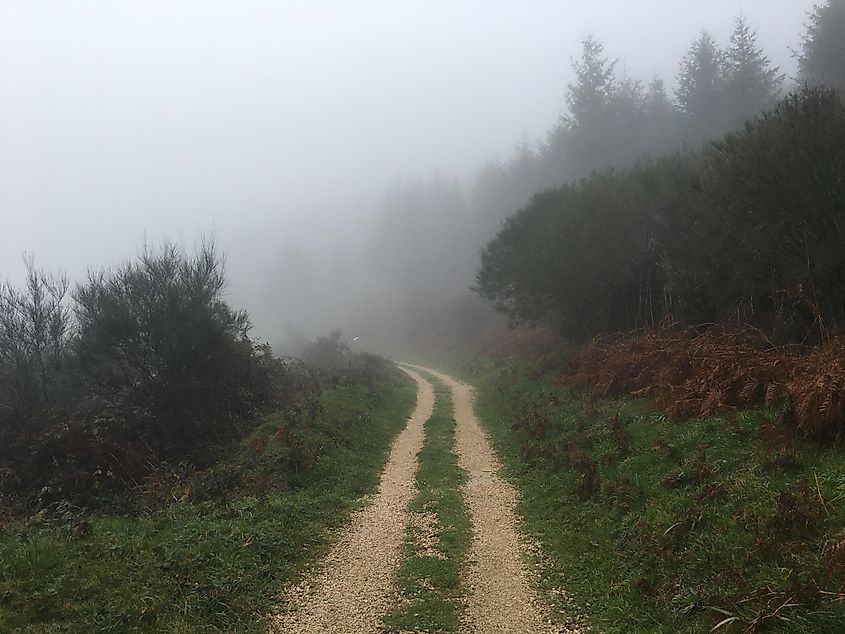
Many people choose to start their journey from O Cebreiro (having taken the bus from elsewhere in Spain). It is not only a peaceful place, filled with primitive stone huts and wood-burning stoves, but this is where the Camino resurgence began, thanks to Father Elías Valiña, who kick-started the project to mark the way with yellow arrows. But O Cebreiro allows for at least one major milestone to be achieved on a punctuated pilgrimage – namely, the traverse of an entire autonomous community (that is if one continues past Santiago to Finisterre).
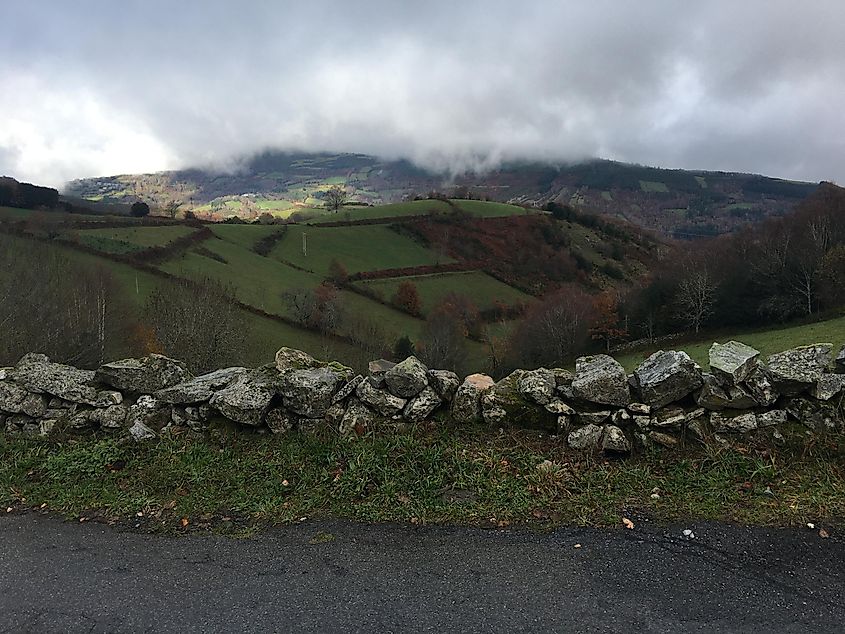
Neither new arrivals nor those wandering for weeks should take the post-mountain miles for granted. Even though the relentless climbs are finished, the persistent hills of Galicia continue to deliver steady punishment. Personally, I found the final days to Santiago to be harder than the full-blown mountain passes. With that said, the green pastures keep spirits high, and the cows lend moral support with their docile gaze.
A Certified Pilgrim?
While O Cebreiro sees some new backpackers enter the arena, far and away, the most popular place to start the Camino is from the town of Sarria. Sarria is roughly 114 kilometers from Santiago de Compostela, which is 14 more than the minimally-required distance (for those on foot) to receive the pilgrim's certificate. This sheet of paper is undoubtedly a unique souvenir, but it also represents an important achievement for Catholic pilgrims. The notion of indulgence has been a longstanding motivation for walking the Camino (and, for some, a point of contention). The idea is that one can be absolved of their sins by doing something physically challenging, combined with the spiritual significance of the Way of St. James (which, along with Rome and Jerusalem, is one of the three major Christian pilgrimages). While this practice helped boost the popularity of the pilgrimage during the 11th and 12th centuries, it also led to its downfall during the Protestant Reformation of the 16th century (Protestantism frowns at the idea of indulgence/penance) before taking an even bigger hit during the Age of Enlightenment of the 17th and 18th centuries, which frowned at religion in general.
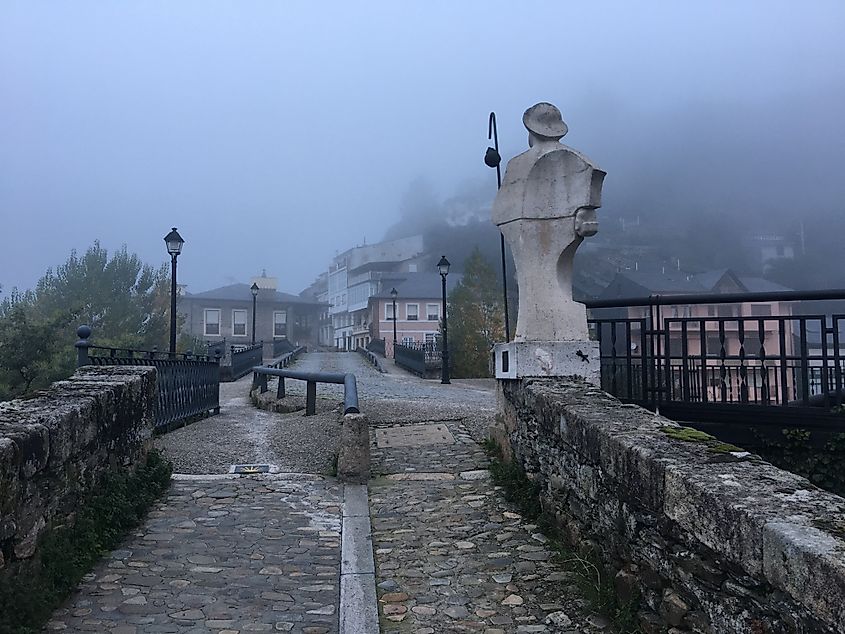
The 100-kilometer criteria didn't actually take effect until 1993 – a Holy Year (i.e., any year in which the Feast of St. James falls on a Sunday), and the same year that the Camino was declared a UNESCO World Heritage Site. Having this manageable carrot is helpful for anyone lacking the free time, finances, and physical capability to walk across an entire country. Still, this metric has also caused friction amongst pilgrims, and local communities. On more than one occasion, you will spot a spray-painted message reading something along the lines of "Go home, 100 km tourists!" This expresses a frustration with the enormous surge in popularity over the past 30 years (but especially the last 5 to 10). And since 1/3rd of all pilgrims (from all combined Caminos) set forth from Sarria, the handful of towns en route to Santiago have felt the brunt of the stress.
Read More: The Classic Routes of the Camino de Santiago
Pilgrims of the preceding centuries were few and far between and predominantly pious. Now, large groups of backpackers stomp through quiet communities and may not always exude the same reverence for the undertaking or the land. There have been problems with pilgrims stealing produce from people's yards as well as defecating in them (when you gotta to go, you gotta go, but efforts should at least be made to bury the deed and the toilet paper). Some albergue owners have faced harassment from people who don't understand the humble nature of what an albergue is (spoiler alert: it's not a hotel).
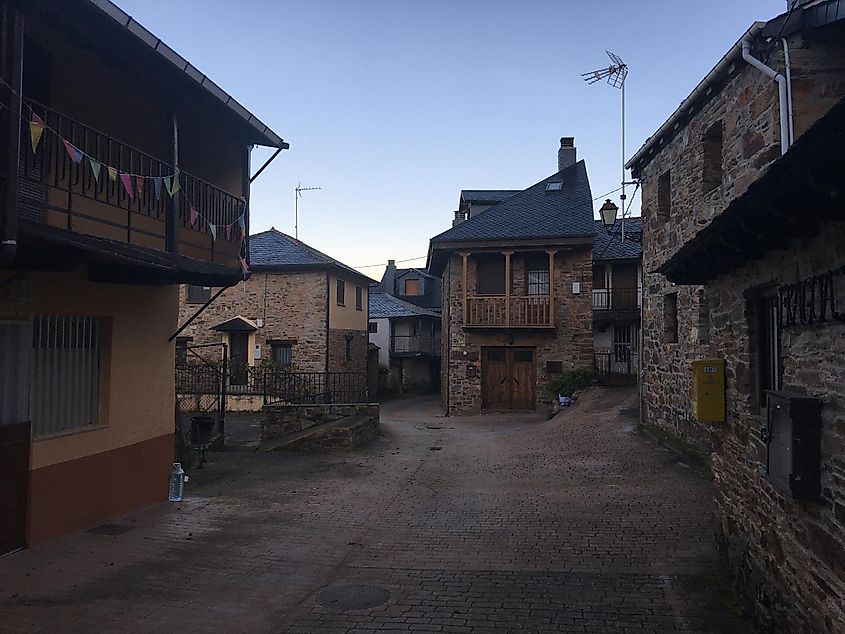
With so many people walking (or biking) the Camino (2022 saw over 430,000 arrivals in Santiago), it is no wonder that there are ongoing debates about who is a "real" pilgrim. I have the utmost respect for people who make the long hauls from Lisbon, Seville, St.-Jean-Pied-de-Port, Irun, or, in some cases, much further away. At the same time, I think it's great that so many people of varying abilities and backgrounds want to explore the world under their power (even if just for a week or less) and participate in a longstanding tradition. I don't think there's a magical number of days spent on the Camino or stamps on a sheet of paper that transforms one into a pilgrim. For me, the distinction is simple. Anyone who treats the Camino as a pilgrimage is a pilgrim.
Read More: How Far is the Camino de Santiago?
Once a Pilgrim, Always a Pilgrim
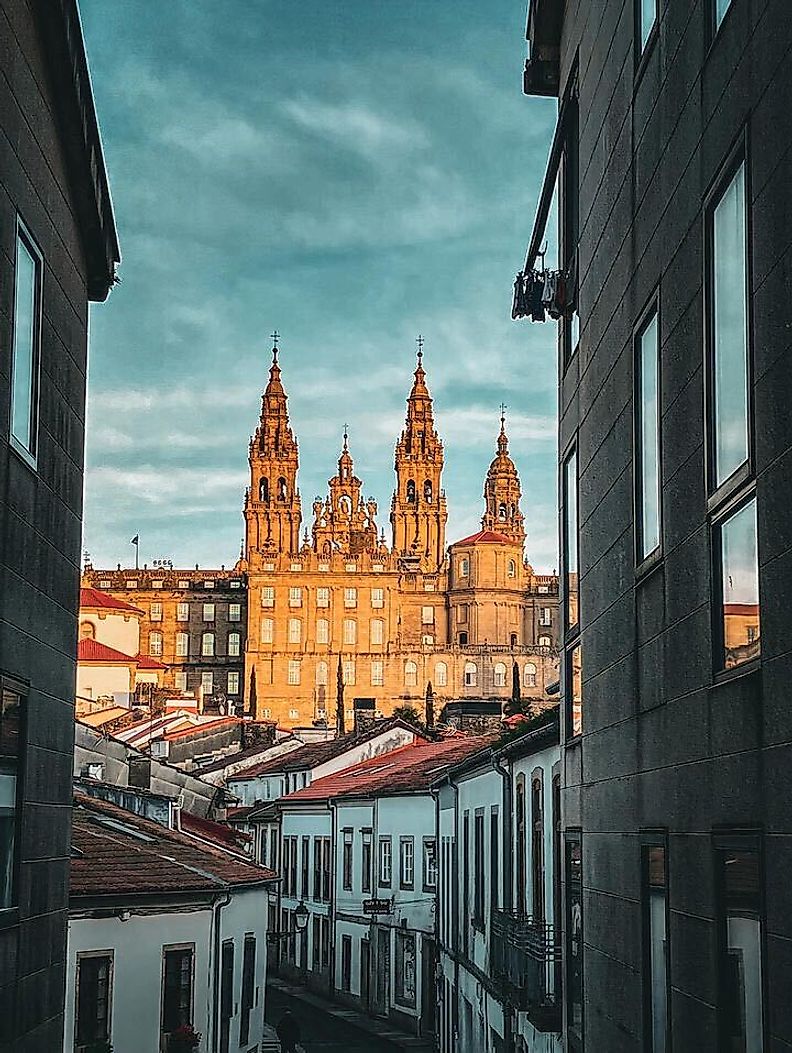
The Camino has successfully burrowed its way into my heart and soul. Last year, I walked the Camino Portugues from Lisbon to Finisterre (via Santiago). I'm grateful to have experienced the famous French Way, off-season warts and all this year. When I arrived at the iconic Cathedral of Santiago de Compostela, I knew that my journey was to end there. Rather than push on to the Costa da Morte (Finisterre or Muxia), I decided to savor the moment – taking the time to linger in Praza do Obradoiro with my tuckered-out peers and attend a pilgrim's mass at the cathedral (which, even though my Spanish is spotty, made me surprisingly emotional).
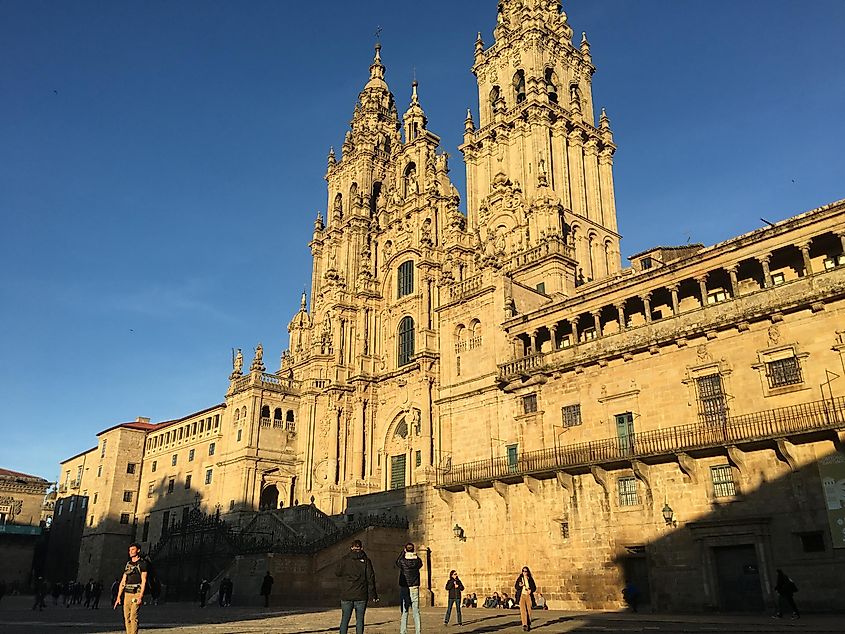
Read More: Bom Caminho III: The Beauty of the Coastal Way
In the short time since I've departed Santiago (I'm now in the midst of an eastbound train/bus-based pilgrimage to Bucharest, Romania), the itch to walk another Camino has already emerged. Perhaps next year I'll prance along the top of Spain, through the Cantabrian Mountains, on a route even older than the French Camino: the Camino del Norte. It appears I'm well on my way to becoming one of those career pilgrims. Will I see you out there?











